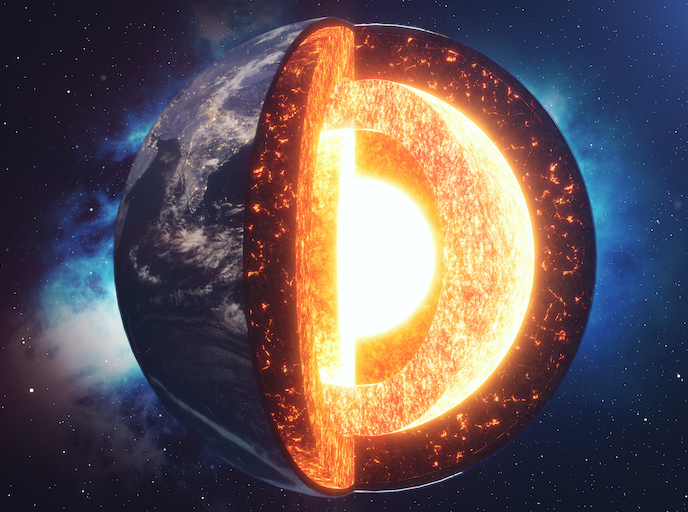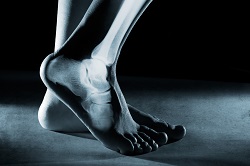Advances in rock physics enable delving deeper into Earth’s depths
The challenge for scientists exploring the Earth’s subsurface parallels mapping a complex structure without light, using only acoustic and electromagnetic waves bouncing off surfaces. The computational cost of interpreting these echoes in real time is staggering. The technique employed to decipher these recorded measurements is called inversion. Funded by the Marie Skłodowska-Curie Actions programme(opens in new window), the MATHROCKS project was established to design and implement next-generation simulation and inversion methods to characterise the materials composing the Earth’s subsurface. Integrating the latest advances in applied mathematics, high-performance computing and geophysical data acquisition systems, MATHROCKS set four ambitious goals. These included deciphering wave propagation in porous rocks, refining numerical methods and simulations, applying advanced mathematical techniques to geophysical problems and enhancing data analysis and interpretation.
Advances in acoustic analysis and geological interpretation
To successfully characterise the acoustic properties of porous rocks, the project team overcame several mathematical and computational challenges involved in this complex process. “One such challenge was the need to reduce an infinite domain to a bounded one, which was achieved using a technique known as absorbing (or artificial) boundary conditions,” states project coordinator David Pardo. Furthermore, to tackle issues related to poroelasticity – the interplay between fluid-filled rock pores and elastic waves – the team crafted artificial boundary conditions using the hybridisable discontinuous Galerkin method(opens in new window). High-order implicit time schemes were also developed using the discontinuous Petrov-Galerkin method for wave propagation simulations. Despite the inherent difficulties of wave propagation, especially in high-frequency regimes with highly oscillating solutions, the team developed efficient and stable high-order approximation schemes to compute accurate solutions. “We introduced a new method that merges finite element analysis with fast marching(opens in new window) applied to CT-scan images. This enabled us to elucidate how elastic waves propagate in porous rocks,” explains Pardo. The key rock parameters affecting wave propagation were identified through the optimisation and recovery of the object properties from far-field patterns. For enhancing data analysis and interpretation of geophysical data, the researchers utilised deep learning techniques and parameter optimisation. This work aimed to improve understanding of the Earth’s properties and optimise drilling operations. Several parametrisation models were proposed and validated through experiments, forming the alpha version of the model which will be further updated according to the real Earth’s subsurface profile. The integration of deep learning algorithms into existing numerical methods showed promising results in solving inverse problems in real time, a significant stride towards accurately describing the geology of analysed regions.
Sparking industry interest and inspiring future scientists
MATHROCKS achievements have already garnered interest from the geophysical industry, with international oil companies interested in integrating deep learning algorithms into numerical methods for wave propagations. Moreover, project outcomes were presented at the annual meeting on Formation Evaluation at the University of Texas, Austin, to representatives of over 25 different oil-related companies. The project also made significant progress in science communication, disseminating its work at local, national and European levels, engaging with high-school students and participating in open‐day scientific events to introduce children to science. Furthermore, a collaboration was established with the initiative ‘Mujeres con Ciencia’ (Women in Science) to promote awareness of the fundamental role of women in sciences.







